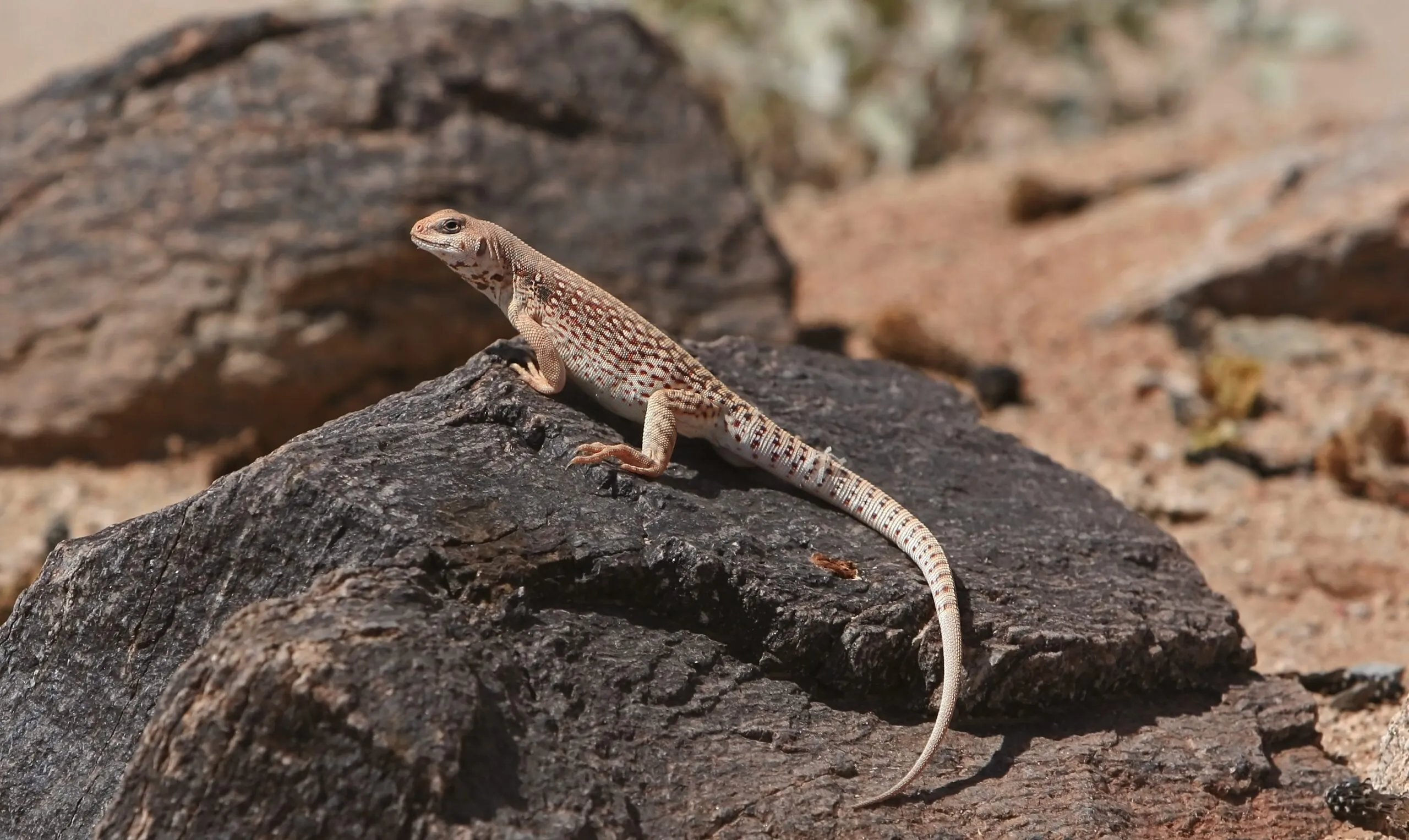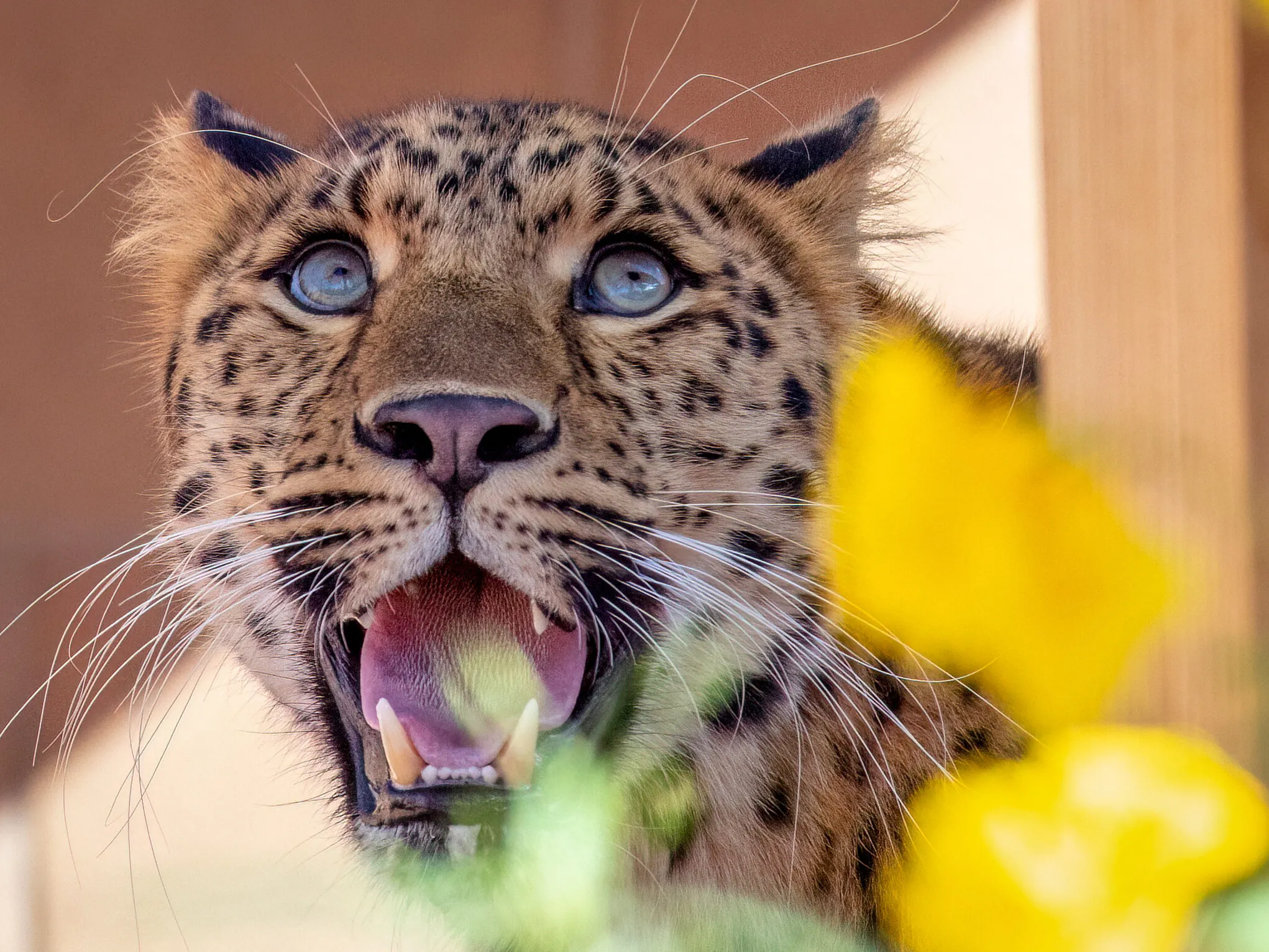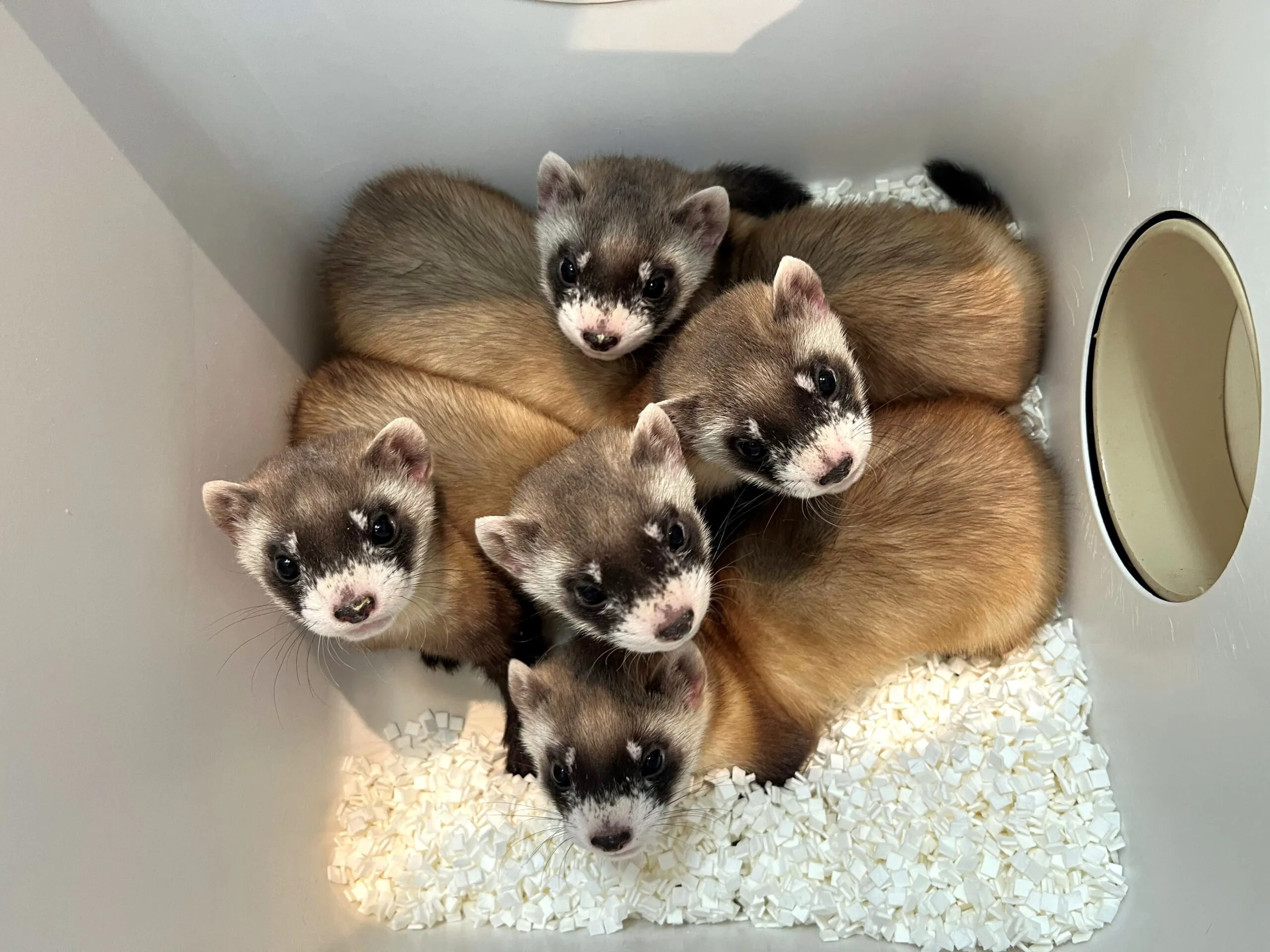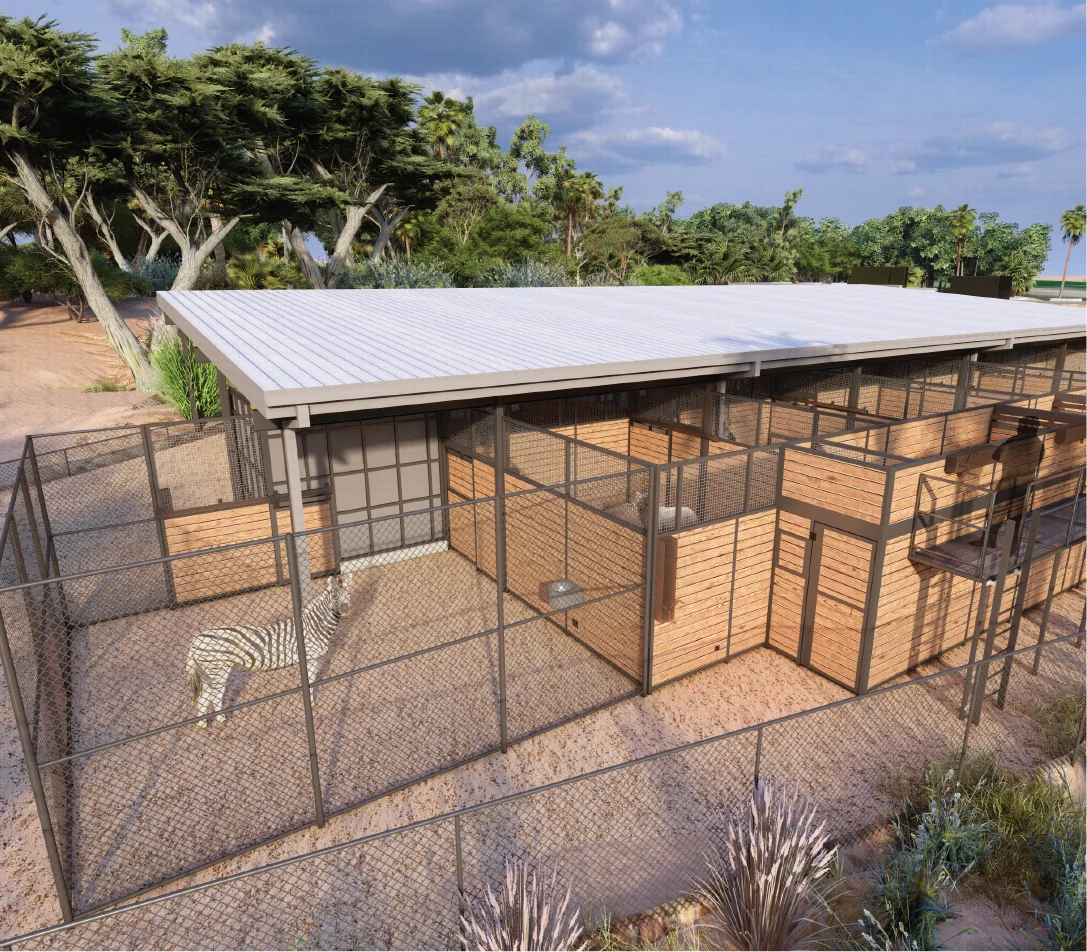Desert Iguana
Dipsosaurus dorsalis
Some Like It Hot
These desert-dwelling reptiles are highly adapted to life in a hot, dry climate. In fact, when the high summer sun sends most other desert animals high-tailing it to the relative cool of their burrows and dens, desert iguanas are just getting started. They spend much of the hottest time of day seeking out food, including their favorite, the yummy yellow flowers of the creosote bush. Though they generally prefer to stay on the ground, they will sometimes climb as much as three feet into bushes in pursuit of these delectable blossoms.
Macho Males
Desert iguanas are mild-mannered herbivores, eating primarily plants, although they have been known to eat insects, or even carrion. But don’t let their generally gentle disposition fool you. Males of the species will lay claim to a territory (often under one of those delicious creosote bushes), and then they will fiercely defend it from other males. How? By a push-up contest, of course, and may the better male win. Of course, all those push-ups also come in handy when trying to impress any females in the neighborhood.
Masters of Self-Defense
Desert iguanas have many predators: foxes, snakes, and birds of prey, to mention a few. But they are resourceful reptiles who excel at avoiding – and escaping – life-or-death battles. For one thing, their sandy-colored, blotchy skin helps them to melt into the gravelly desert soil. If they sense danger, they will duck down into a burrow, or climb up into the branches of a nearby creosote bush. If all else fails, they can leave their tail twitching on the ground while they make a mad dash to safety. And some scientists think that desert iguanas are most active during the hottest parts of the day precisely because it helps them avoid predators in the first place. Pretty smart, right?

Diet: fruits, buds, leaves, insects, carrion
Zoo Diet: herp salad, invertebrates
Habitat: deserts, scrublands
Length: 10 – 16 in

Plan your visit today!
The Phoenix Zoo is one of the largest non-profit zoos in the U.S., caring for over 3,000 animals, with nearly 400 species represented, including many threatened/endangered species.

Plan your visit today!
The Phoenix Zoo is one of the largest non-profit zoos in the U.S., caring for over 3,000 animals, with nearly 400 species represented, including many threatened/endangered species.








